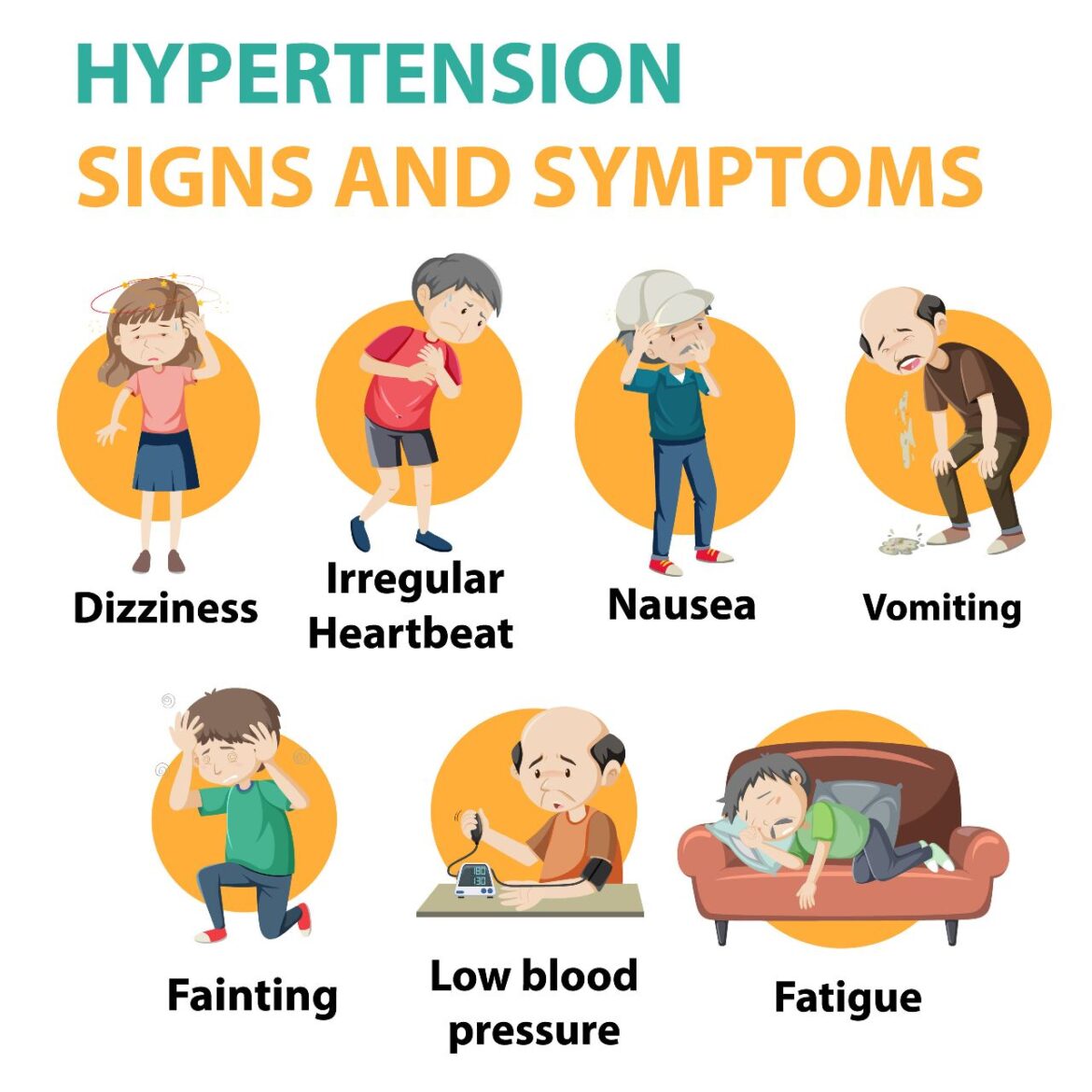A recent study has noticed that there has been an alarming increase in hypertension cases among the working population as people have gone back to a sedentary lifestyle and stressful working hours. The study by Jindal Naturecure Institute, reveals how this transition, especially after the new normal, has resulted in individuals having limited time for crucial activities such as yoga, exercise and a healthy diet, exacerbating the prevalence of hypertension.
Hypertension or high blood pressure is when the pressure in your blood vessels is too high (140/90 mmHg or higher). It is common but can be serious if not timely treated. High blood pressure often has no symptoms. Over time, if untreated, it can cause serious health conditions, such as heart disease and stroke.
“The return to a sedentary lifestyle in the new normal has reduced physical activity and increased reliance on unhealthy dietary choices. During COVID or even after the lockdown ended, people were concerned about their immunity and were actively following a healthy diet and exercise. But now people are back to their normal routine of unhealthy eating with no physical exercise. People are bound to their desks without any breaks. This has contributed to a rise in hypertension cases among the working population, placing them at higher risk of cardiovascular diseases”, says Dr. Babina, Chief Medical Officer at the Institute
Data compiled by JNI for the years 2021-2022 and 2022-2023 highlights a significant rise in the number of people admitted to their institute with complaints of hypertension. While comparing the data collected during the said duration, there has been a noticeable rise of 153.42% in hypertension patients.
Further analysis of the age-wise breakdown reveals a concerning trend. In the age group of 19-35 years, there was a 200% increase in male patients (from 24 to 72) and a 425% increase in female patients (from 4 to 21) from 2021-2022 to 2022-2023.
Similarly, in the 36-50 years age bracket, there was a 171% increase in male patients (from 196 to 532) and a 152% increase in female patients (from 116 to 293) from the previous year.
The most worrisome surge was observed in the 51-70 years age group, where there was a 132% increase in male patients (from 429 to 994) and a 153% increase in female patients (from 338 to 854).
Even in the older population (>70 years), hypertension cases rose significantly, with a 300% increase in male patients (from 30 to 120) and a 154% increase in female patients (from 24 to 61).
In India, the percentage of individuals effectively managing their hypertension is approximately 12%. This statistic highlights the concerning reality of uncontrolled blood pressure, which serves as a prominent contributor to cardiovascular diseases (CVDs) like heart attacks and strokes. Alarmingly, CVDs account for a significant portion, specifically one-third, of the overall mortality rate in India.
Adopting a sedentary lifestyle can harm cardiovascular health, including the hardening of arteries and the accumulation of plaque within them. When arteries become stiff and narrow, it places additional strain on the heart’s pumping action, leading to an increase in blood pressure.
Engaging in the regular practice of Yoga, irrespective of its specific form, offers the potential to relax muscles and counteract the effects of elevated blood pressure. Beyond its direct impact on reducing blood pressure, consistent Yoga practice can also mitigate the risk factors associated with hypertension.





